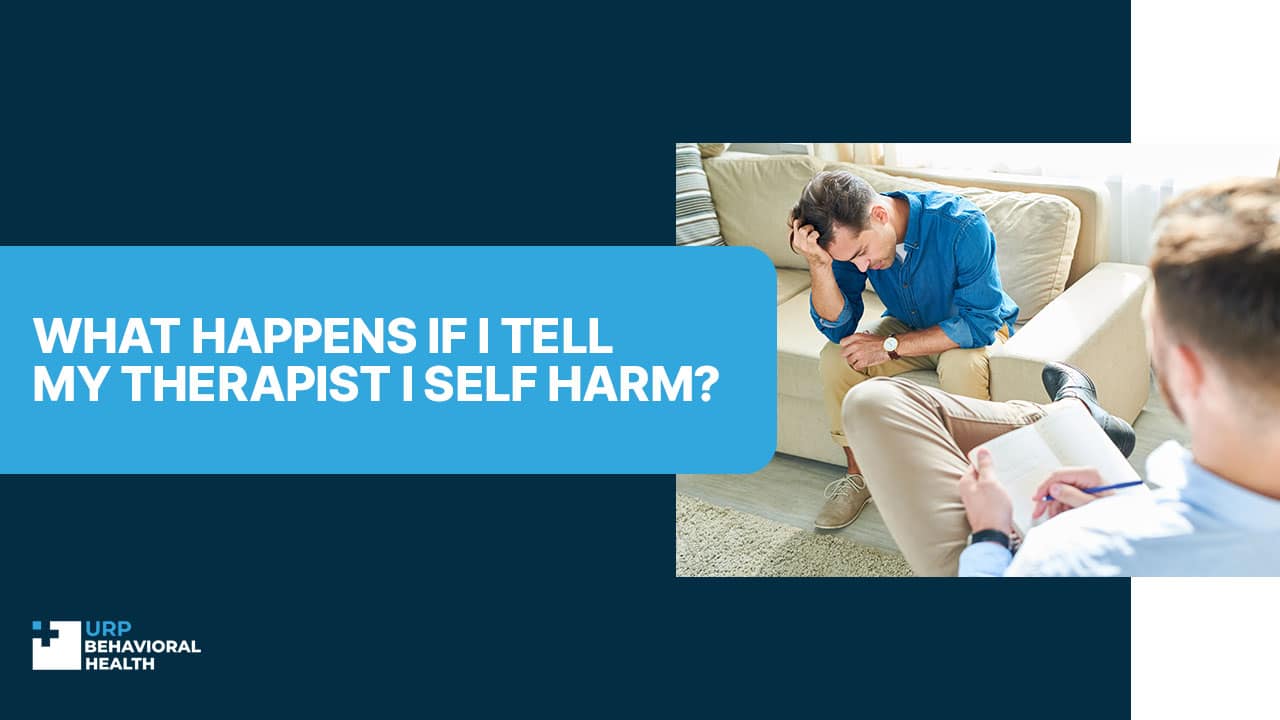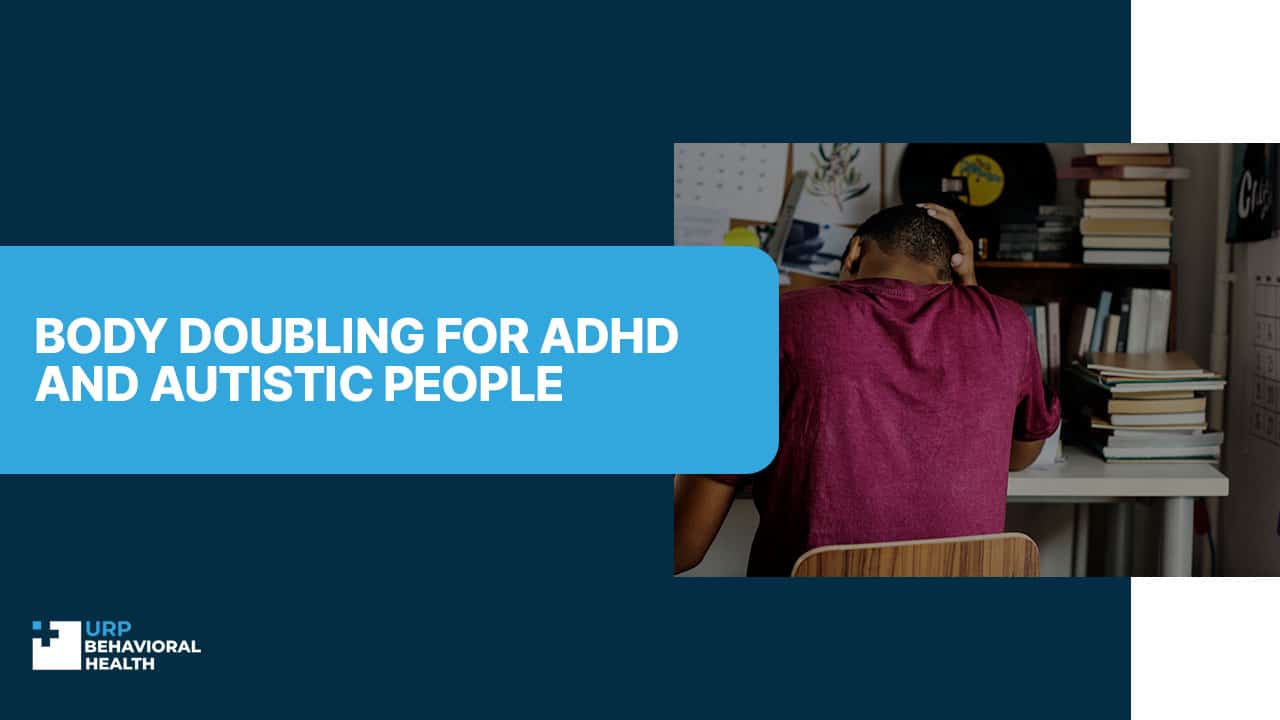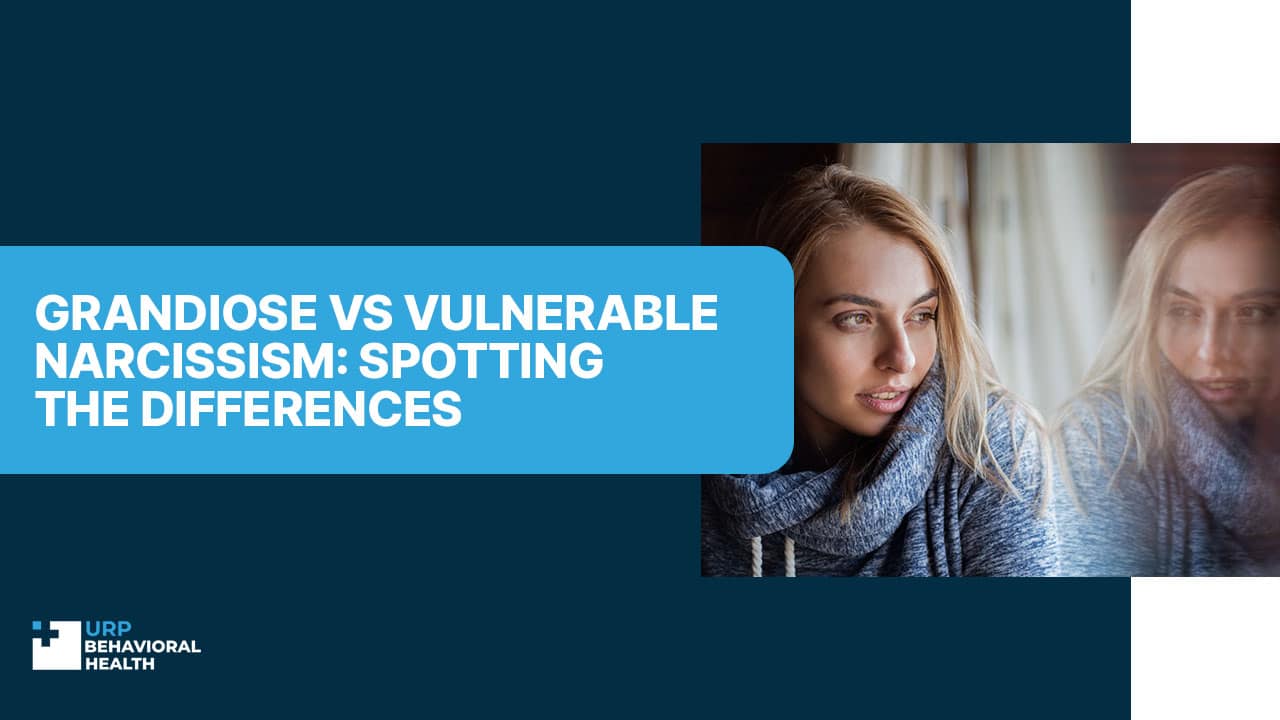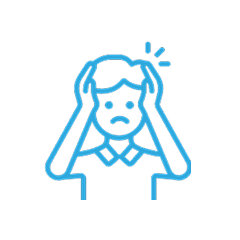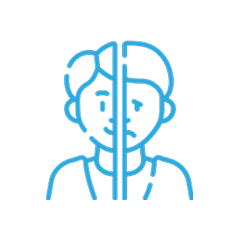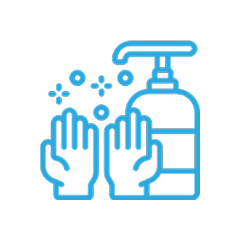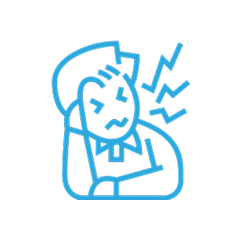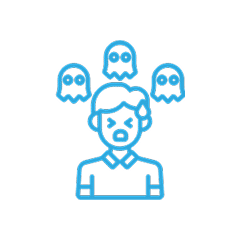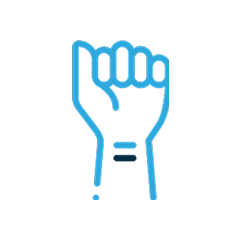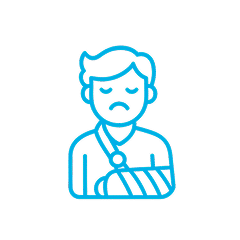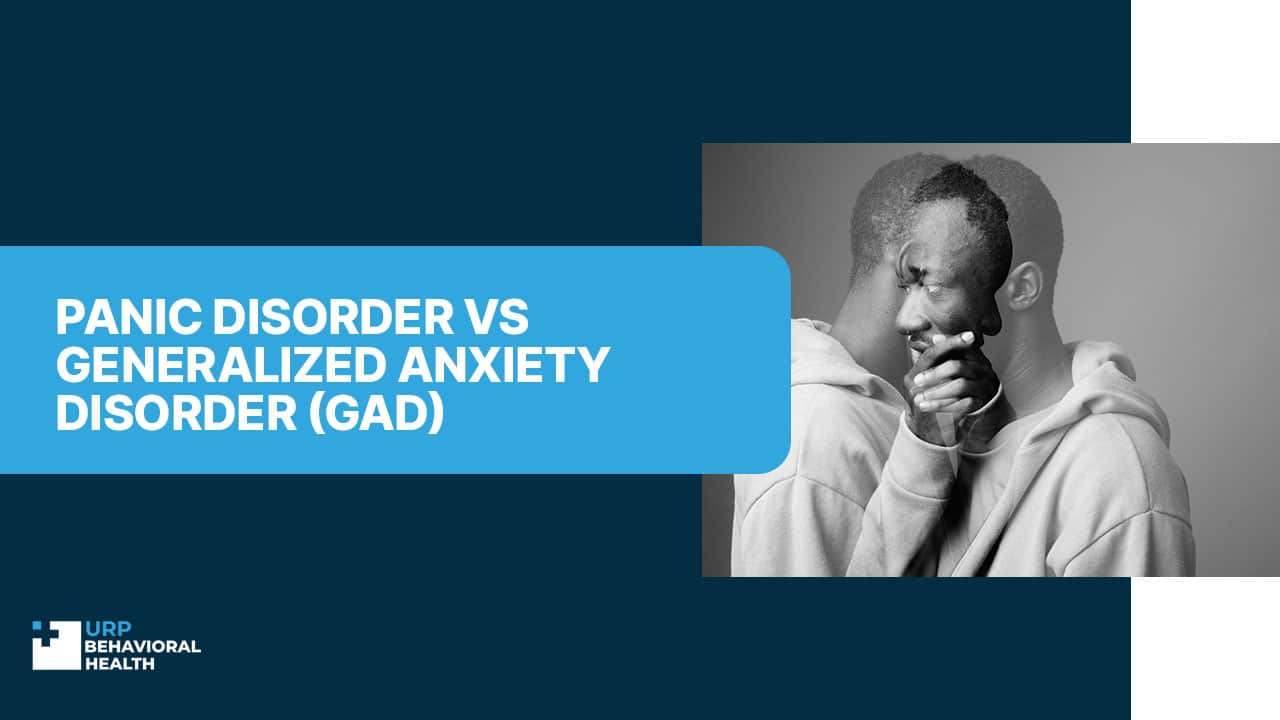
Panic Disorder vs Generalized Anxiety Disorder (GAD)
Anxiety disorders of all types cause significant distress and major life quality changes. Almost 4% of the world’s population suffers from anxiety disorders. [1] The most widespread problems are generalized anxiety disorder (GAD), panic disorder, and social anxiety. While each has its own set of specific diagnostic criteria, anxiety disorders can manifest in somewhat similar ways. A bit of misleading representation in popular culture adds to the confusion of diagnoses. In this article, we explore often misunderstood common signs and differences in GAD vs. panic disorder and their treatment.
Can You Have GAD and Panic Disorder?
As it happens with many other disorders, GAD and panic disorder can co-occur. [2] Such a comorbidity would have one condition manifested more actively than another. But in either of the variations, a combination of symptoms would likely be stronger and have a more dire effect on a person’s daily life. [3] This scenario inevitably complicates the diagnostic process and selection of suitable treatment.
These disorders have many similar symptoms, which can create difficulties in identifying what’s happening to a person. GAD creates a constant worry about many or most aspects of one’s life. Sometimes, patients can wake up already tense and anxious about the day ahead for no clear reason. Panic disorder means that a person has random, unprovoked panic attacks and intense worry about having another. Focusing on the new potential panic attacks becomes pathological and disrupts normal routines.
Contact our admissions team now to begin your path toward a brighter future.

Difference Between GAD and Panic Disorder
Since we’re talking about anxiety disorders, the typical presentation of GAD and panic disorder would be a pervasive worry. However, they differ in several important aspects that explain the separate diagnoses.
The most negative effect of GAD is that it spreads across many life domains without factual causes for concern. Is everything okay at work? Our brain starts modeling scenarios of how everything goes in flames. Someone looked at me funny? I probably accidentally offended them and have to think of ten ways to apologize. These examples illustrate how random this kind of anxiety can be. GAD also causes typical bodily sensations like jiggling, sweating, stomach cramps, and headaches.
Patients with panic disorder also have almost constant exaggerated worry. Their concerns, though, are about the panic attacks, their impact, and ways to prevent or prepare for them. Panic attacks – short periods of peak anxiety with predominantly physical symptoms – happen more often with this disorder than in the general population. People can feel a significant heart rate increase, the need to take deeper breaths with a perceived insufficiency of inhaled air, lightheadedness, and trembling. People struggling with regular PAs can develop pathological worry, expecting the next attack. They tend to change their habits to avoid more PAs.
Signs and Symptoms
Both conditions are centered around the feeling of excessive and disproportionate worry. In adults, this usually entails rumination about past and future events, concerns about the tiniest possibilities of negative events, and so on. But many people would first notice that something’s not ok by their physical sensations.
Typical signs of GAD:
- persistent worry about all or many aspects of one’s life
- irritability, restlessness, and fatigue
- difficulty concentrating on current activities instead of thoughts about potential problems
- disturbed sleep
- physical symptoms like headaches or irritable bowel syndrome
Panic disorder often manifests with the following symptoms:
- repeated and unexpected panic attacks: short periods of peak anxiety with physical signs like heart racing, shortness of breath, dizziness, fear of death, or losing control
- intense worry about having another panic attack
- changes in lifestyle and routines to prevent triggering panic attacks (e.g., avoiding public transport, talking in public, going to cafes etc.)
Generalized anxiety disorder with panic attacks occurring occasionally is different from actual comorbid panic disorder. Panic attacks are harmless on their own and can happen to healthy people randomly or in response to some disturbing trigger. Naturally, people with persistent anxiety are more prone to be affected by triggers. However, the mere fact of having panic attacks more often than average doesn’t constitute a panic disorder.
Don’t wait - confidential help is available right now for you or your loved one.

Diagnosis of Generalized Anxiety Disorder and Panic Disorder
Experienced specialists use several clinical tools to provide a diagnosis of panic disorder vs generalized anxiety disorder. In both conditions, the first step is a clinical interview. Based on the collected data, therapists would adjust the questions to target more general anxiety angles or panic attacks. Then, valid specialized scales like GAD-7 or PHQ-PD could be applied.
Checking the physical aspects of one’s health is crucial as well. Several illnesses like heart conditions, vitamin deficiency, or thyroid dysfunction can provoke symptoms similar to panic attacks or increase anxiety.
GAD and Panic Disorder Treatment
The modern approach to treating generalized anxiety disorder and persistent panic attacks combines psychotherapy, medication, and lifestyle changes. Clinicians would most likely prescribe antidepressants, either Selective Serotonin Reuptake Inhibitors (SSRIs) or Serotonin-Norepinephrine Reuptake Inhibitors (SNRIs). [4] These drugs tend to reduce anxiety levels, allowing patients to try living their lives with less pressure of worry.
Adding psychotherapy to medication is a standard recommendation. Cognitive-behavioral therapy (CBT) is the first-line choice. CBT helps patients change rigid patterns of negative thinking and increase resilience through exposure. Mindfulness-based therapies like MBCT or ACT train anxious people to allow their worries to be present while choosing to act on their values. Lifestyle changes could include a variety of actions, from adding physical activity to cutting out smoking or caffeine intake.
Struggling with GAD or panic disorder can strongly affect one’s life quality. Cognitive, emotional, and physical symptoms often follow constant worry. Recurrent panic attacks also make patients limit their life experiences and focus on avoidance strategies. Clinical specialists apply diagnostic tools to identify the disorder and establish the comorbidity of these two conditions. Patients should visit licensed treatment centers like URPR Behavioral Health for a diagnosis and appropriate treatment. Therapeutical approaches like CBT and mindfulness-based methods can improve the positive dynamic achieved by medication like antidepressants.
Reach out today and let us create a treatment plan designed around your needs.

References:
- GBD Results Tool. In: Global Health Data Exchange [website]. Seattle: Institute for Health Metrics and Evaluation; 2019 https://vizhub.healthdata.org/gbd-results?params=gbd-api-2019-permalink/716f37e05d94046d6a06c1194a8eb0c9
- Turki, M., Thabet, J. B., Charfi, N., Mezghanni, M., Bouali, M. M., Zouari, N., Zouari, L., & Maalej, M. (2017). Generalized anxiety disorder comorbidities: Panic and depressive disorder. European Psychiatry, 41, S486. https://doi.org/10.1016/j.eurpsy.2017.01.580
- Noyes R Jr. Comorbidity in generalized anxiety disorder. Psychiatr Clin North Am. 2001 Mar;24(1):41-55. doi: 10.1016/s0193-953x(05)70205-7 .
- DeGeorge, K. C., Grover, M., & Streeter, G. S. (n.d.). Generalized Anxiety Disorder and Panic Disorder in Adults. Retrieved 28 February 2025, from https://www.aafp.org/pubs/afp/issues/2022/0800/generalized-anxiety-disorder-panic-disorder.html

